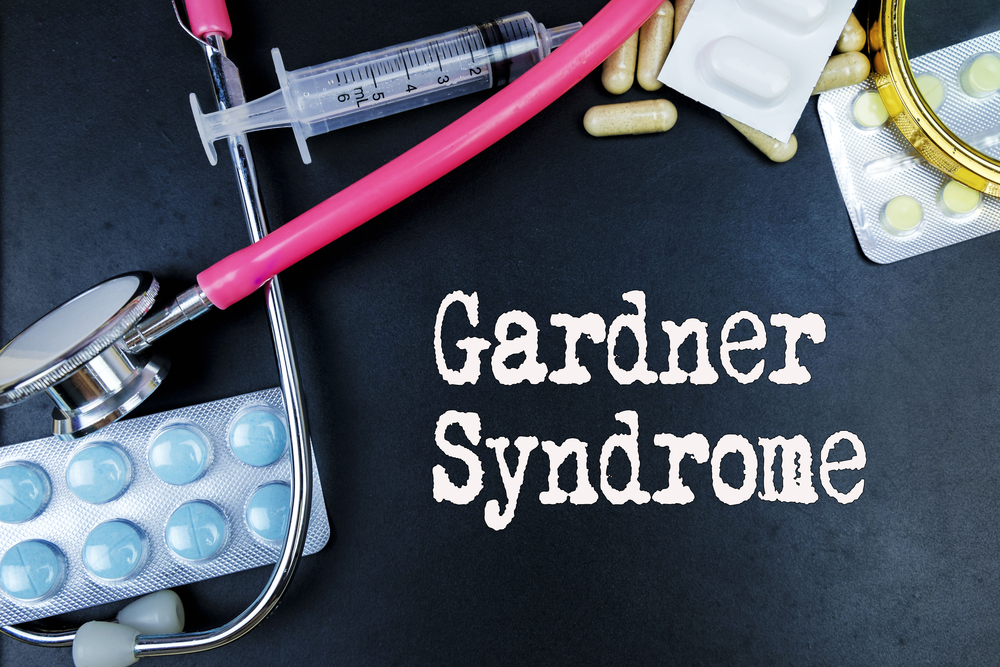TYPES
Gardner syndrome’s medical or clinical features can be divided into two types: non-cutaneous and cutaneous.
Cutaneous
The existence of epidermoid cysts is the most discerning feature of cutaneous Gardner syndrome. The following characteristics differentiate cutaneous Gardner syndrome cysts from ordinary epidermoid ones:
- They happen at a young age, commonly around puberty and account for 50%-60% of cases.
- Gardner syndrome cysts appear at different regions of the body such as the extremities, scalp and face
- Pilomatricoma-like histopathology is a shared hybrid feature in Gardner syndrome cysts
- Epidermoid cysts found in Gardner syndrome are often asymptomatic or found without symptoms, but there are cases when they can be itchy (pruritic), may rupture and inflamed
- It’s shown that in over half of the patients with Gardner syndrome, the cysts tend to be numerous
Non-cutaneous
- 80% of patients with Gardner syndrome cysts have multifocal pigmented lesions of the fundus found in the eye. These lesions can be the first sign of the condition and may appear shortly after birth.
- Dental abnormalities are found in patients with Gardner syndrome such as osteomas in the jaw, unerupted extra teeth and caries as well as other dental abnormalities.
- Benign bone tumours known as osteomas are vital in determining the diagnosis of Gardner syndrome. Most frequently, they are found in the jawbone or mandible, but they can also grow in the long bones of the body as well as the skull.
- The appearance of gastrointestinal polyps that very frequently develop into colon cancer (colonic adenocarcinomas)
SYMPTOMS
The appearance of numerous growths known as polyps in the colon is the main symptom of Gardner’s syndrome. There can be as many as hundreds, although the number can vary. Bony tumors can also appear on the skull, and extra teeth can develop aside from the growths found on the colon. Cysts that can form under the skin on various regions of the body is another usual symptom of Gardner’s syndrome. Cysts identified as epithelial and fibromas are common among Gardner’s syndrome cases. Those who have the condition also have an increased higher incidence of colon cancer.


